

Articles
How To Store Albums
Modified: January 6, 2024
Learn the best ways to store albums in this collection of informative articles. Discover tips and techniques to protect and preserve your valuable vinyl collection.
(Many of the links in this article redirect to a specific reviewed product. Your purchase of these products through affiliate links helps to generate commission for Storables.com, at no extra cost. Learn more)
Introduction
Welcome to the world of albums! Whether you are a passionate vinyl collector or simply enjoy the warm sound of a record player, it’s crucial to know how to properly store your albums. Vinyl records are delicate and can easily get damaged if not handled and stored correctly. In this article, we will explore the importance of proper album storage and guide you on choosing the right storage options to preserve your precious collection.
Albums are more than just music. They are pieces of art, with beautifully designed covers and intricate sleeve inserts. Taking care of your albums not only ensures their longevity but also enhances your overall listening experience. Imagine digging out your favorite record after years, only to find it scratched, warped, or covered in dust and debris. By following the right storage practices, you can avoid such disappointments and keep your albums in pristine condition.
When it comes to album storage, there are several factors to consider. These include protecting the vinyl itself from scratches and warping, safeguarding the album covers from wear and tear, and maintaining the ideal environmental conditions to prevent damage caused by moisture, heat, and sunlight. In the following sections, we will delve into each of these aspects and provide you with practical tips and techniques to store your albums in the best possible way.
So, whether you have a small collection or an extensive library of vinyl records, let’s embark on this journey of preserving and cherishing your albums. By implementing the right storage practices, you can ensure that your records remain in optimum condition and continue to bring joy to your listening experience for years to come.
Key Takeaways:
- Proper album storage is crucial for preserving vinyl records, protecting their condition, and ensuring optimal sound quality. By choosing the right storage options and maintaining ideal conditions, you can enjoy your collection for years to come.
- Utilizing record sleeves, dividers, and inner liners adds an extra layer of protection, while organizing albums with care and avoiding common storage mistakes helps maintain the longevity and quality of your vinyl collection.
Read more: How To Store Vinyl Albums
Understanding the Importance of Proper Album Storage
Proper album storage is essential for several reasons. Firstly, it protects the vinyl records themselves. Vinyl is prone to scratches, warping, and other damage if not handled and stored correctly. By taking care to store your albums properly, you can extend their lifespan and maintain their sound quality.
Secondly, proper storage preserves the album covers. Album covers are not just protective sleeves; they are works of art. The cover art and design contribute to the overall experience of enjoying an album. By keeping the covers in good condition, you can appreciate the artwork and maintain the aesthetic value of your collection.
Furthermore, correct storage allows for organized and easy access to your albums. When your collection is neatly stored, you can quickly find the record you want to listen to without rummaging through piles or stacks. This not only saves you time but also minimizes the risk of accidentally damaging the records or covers while searching for a specific album.
Lastly, proper album storage helps to preserve and protect the value of your collection. Vinyl records, particularly rare and collectible albums, can hold significant monetary value. Taking care of your albums, including their storage, ensures that their condition remains excellent, making them more desirable to collectors should you ever decide to sell or trade your collection.
By understanding the importance of proper album storage, you can prioritize the preservation of your records. Whether you are a casual listener or an avid collector, taking the time to store your albums correctly will ensure that they remain in the best possible condition and provide you with enjoyment for years to come.
Choosing the Right Storage Option
When it comes to storing your albums, there are several options to consider. The choice you make will depend on factors such as the size of your collection, available space, budget, and personal preferences. Let’s explore some of the most common storage options.
Record Sleeves: Record sleeves are a popular choice for protecting albums. These sleeves are made of acid-free material that prevents scratches, dust, and other contaminants from affecting the vinyl and album cover. They come in two main types: paper sleeves and polyethylene sleeves. Paper sleeves offer basic protection and are more affordable, while polyethylene sleeves provide superior protection against static and moisture. Consider using record sleeves for individual albums or to keep albums inside other storage solutions like boxes or crates.
Record Dividers: If you have a large record collection, using record dividers can help you stay organized and easily locate specific albums. These dividers are typically made of sturdy material, such as plastic or cardboard, and can be labeled alphabetically, chronologically, or by genre. Incorporating record dividers in your storage system can save you time and effort when searching for a particular album.
Boxes or Crates: Boxes or crates are an excellent option for storing albums in bulk. These containers are available in various sizes and materials, such as wood or plastic. Ensure that the boxes or crates you choose are sturdy and have enough space to hold your albums without causing them to become compressed or warped. Consider using acid-free, archival-quality boxes to provide maximum protection against environmental factors.
Shelving Units: If you prefer to display your albums while keeping them easily accessible, shelving units specifically designed for vinyl records are a great choice. These units generally have dividers or slots that allow you to neatly store and organize albums. Look for units that are made of solid materials and provide ample support to prevent warping. Additionally, ensure that the shelves are at the appropriate height to prevent any bending or damage to the records.
Cabinets or Consoles: For a more stylish and integrated storage solution, consider investing in a vinyl storage cabinet or console. These furniture pieces are specifically designed to hold records and often come with additional features such as drawers or shelves for accessories like cleaning tools or record players. Cabinets or consoles can be a practical and aesthetically pleasing choice, allowing you to showcase your collection while protecting your albums.
When choosing the right storage option, it’s important to consider the size and condition of your collection, your available space, and your personal preferences. Whether you opt for record sleeves, dividers, boxes, shelving units, or cabinets, selecting the appropriate storage solution will help ensure the longevity and protection of your albums.
Storing Albums in Record Sleeves
Record sleeves are an essential tool for protecting your vinyl albums from scratches, dust, and other contaminants. When storing albums in record sleeves, there are a few key tips to keep in mind to ensure optimal protection.
Firstly, it’s important to choose the right type of record sleeves. There are two main options: paper sleeves and polyethylene sleeves. Paper sleeves are the more affordable option and provide basic protection. However, they can generate static electricity, which may attract dust and cause damage to the vinyl surface. Polyethylene sleeves, on the other hand, offer superior protection against static and moisture. They are anti-static and anti-scratch, making them an excellent choice for long-term storage.
When placing an album into a record sleeve, it’s crucial to handle the vinyl with clean and dry hands. Fingerprints, oils, and moisture can all negatively impact the sound quality and appearance of the record. Avoid touching the playing surface of the vinyl as much as possible, and hold it by its edges or the outer edge of the label while inserting it into the sleeve.
Additionally, ensure that the sleeve is properly sized for the album. A sleeve that is too tight can put unnecessary pressure on the vinyl and potentially lead to warping. Conversely, a sleeve that is too loose can allow dust and contaminants to enter. Look for sleeves that provide a snug fit without putting excessive pressure on the record.
Labeling the record sleeve can also be beneficial, especially if you have a large collection. This can help you quickly identify specific albums and maintain a well-organized library. Use archival-quality marker pens or labels to avoid any potential damage to the sleeve or album cover. You can label the sleeves with the album title, artist name, release year, or any other relevant information that will facilitate easy identification.
Finally, when storing albums in record sleeves, it’s crucial to avoid stacking them too tightly or on their sides. Stacking albums too tightly can cause them to warp over time. Instead, arrange them vertically, similar to how books are displayed on a shelf. This positioning helps maintain the structural integrity of the vinyl and reduces the risk of warping.
By storing your albums in record sleeves, you are taking a vital step in preserving their condition. The sleeves offer an additional layer of protection against scratches, dust, and static. Remember to choose the right type of sleeves, handle the vinyl with care, ensure a proper fit, consider labeling the sleeves, and arrange them vertically for long-term storage. Proper use of record sleeves will help maintain the quality and longevity of your vinyl collection.
Using Inner Sleeves or Polyethylene Liners
When it comes to protecting your vinyl albums, using inner sleeves or polyethylene liners is a highly recommended practice. These additional layers of protection help safeguard your records from dust, static, and other potential sources of damage.
Inner sleeves, also known as anti-static sleeves, are placed inside the original album jacket to prevent the vinyl from coming into direct contact with the paper or cardboard. These sleeves are usually made from anti-static polyethylene or polypropylene material, which prevents the build-up of static electricity. Inner sleeves not only provide an extra layer of protection against dust and contaminants but also reduce the risk of scratches and scuffs caused by friction with the album jacket.
Polyethylene liners are transparent plastic sleeves that surround the entire record and its original inner sleeve. These liners offer enhanced protection against dust, moisture, and potential spills. They also act as a barrier between the vinyl and the album jacket, preventing any chemical or ink transfer that could harm the record’s surface or album artwork. Polyethylene liners are particularly useful for vintage albums that may have degraded inner sleeves or fragile covers.
When using inner sleeves or polyethylene liners, it’s essential to handle them with clean and dry hands to avoid transferring oils, moisture, or contaminants onto the records. When inserting the record into the inner sleeve or polyethylene liner, hold the vinyl by its edges or the outer edge of the label to prevent fingerprints or smudges. Be careful not to touch the playing surface of the vinyl, as any physical contact can potentially affect the sound quality.
It’s also important to choose high-quality inner sleeves or polyethylene liners made from archival-grade materials. Look for options that are acid-free, PVC-free, and have anti-static properties. These qualities ensure that the inner sleeves or liners will not introduce any harmful chemicals or compounds to the vinyl records, preserving their condition for years to come.
Furthermore, if the original album jacket has significant wear and tear or is not in optimal condition, you may consider replacing it with a new or better-preserved outer sleeve. This way, you can provide additional protection to the album cover and prevent any further damage.
By using inner sleeves or polyethylene liners, you are taking an extra step to protect and preserve your vinyl albums. These sleeves act as a barrier against dust, static, and moisture, reducing the risk of scratches, scuffs, and other types of damage. Ensure that you handle the sleeves or liners with care, choose high-quality materials, and consider replacing damaged outer sleeves for maximum protection.
Store albums vertically to prevent warping and damage to the covers. Use acid-free sleeves to protect the vinyl and keep them in a cool, dry place away from direct sunlight.
Read more: How To Store Old Photo Albums
Organizing Albums with Record Dividers
If you have a large vinyl collection, organizing your albums becomes essential not only for easy access but also for maintaining the condition of your records. One effective way to keep your collection organized is by using record dividers. These dividers act as guides, separating your albums into specific categories, making it easier to locate and retrieve the records you want to listen to.
Record dividers are typically made of durable materials like plastic or cardboard and come in different shapes and sizes. They often feature alphabetical labels, numerical labels, or genre labels to help classify your collection. Depending on your preference and the size of your collection, you can choose dividers that suit your needs.
The first step in organizing your albums with record dividers is determining which categories you want to create. Some common categories include artist names, music genres, or release years. Choose a system that resonates with you and best suits your listening habits.
Once you have decided on your categories, you can start sorting your albums. Take each record and place it behind the appropriate divider based on the category it belongs to. For example, if you have a record by The Beatles, you would place it behind the divider labeled “B” for Beatles, or if you prefer to organize them by genre, you could place it behind the “Rock” or “Pop” divider.
Using record dividers helps you find specific albums quickly. Whether you want to listen to a particular artist or explore a specific genre, you can easily navigate through your collection and locate the desired records without hassle. This not only saves time but also minimizes the risk of damaging records while searching for them among stacks or piles.
In addition to their organizational benefits, record dividers also provide physical support for your vinyl albums. When records are tightly packed together, the pressure can cause warping or damage to the edges. By using dividers, you create individual sections for each album, reducing the risk of any mishaps when pulling records in and out.
When selecting record dividers, consider their durability and stability. You want dividers that will hold up over time and not easily bend or break. Look for dividers made of sturdy materials that can withstand the weight and size of your vinyl collection.
Remember to label your dividers clearly. You can do this by writing directly on the dividers or by using adhesive labels. High-contrast or bold lettering ensures readability at a glance.
Organizing your albums with record dividers not only keeps your collection easily accessible but also helps preserve the condition of your records. By providing a systematic framework to store and locate albums, dividers help prevent damage and ensure that your records will remain in excellent shape for years to come.
Storing Albums in Boxes or Crates
If you have a sizable vinyl collection, storing your albums in boxes or crates can be an efficient and practical solution. Boxes or crates offer a convenient way to keep your albums organized, protected, and easily accessible. Here are some tips for storing albums in boxes or crates:
Choose the right size: When selecting boxes or crates, ensure they are large enough to accommodate your albums without overcrowding. You want to give your records enough space to prevent them from becoming compressed or warped. At the same time, avoid using boxes or crates that are too big, as this can lead to shifting and potential damage during storage or transport.
Use archival-quality boxes: It’s crucial to choose boxes that are specifically designed for storing records. Look for acid-free, archival-quality boxes that provide protection against moisture, dust, and other potential sources of damage. These boxes are often made from sturdy materials such as acid-free cardboard or polypropylene, which helps to maintain the condition of your albums.
Consider dividers or inner storage: To further organize your collection within the boxes or crates, you may want to use dividers or inner storage solutions. These can help separate your records into specific categories, making it easier to locate albums when needed. Dividers can be made from materials such as plastic or cardboard and can be labeled alphabetically, chronologically, or by genre. Inner storage options, such as record sleeves or polyethylene liners, can be used to keep individual albums protected within the box or crate.
Arrange the albums in an upright position: To prevent warping and bending, it’s important to store your albums in an upright position, similar to how books are displayed on a shelf. This keeps the weight evenly distributed and minimizes the risk of any mishaps when searching for a particular record. Avoid storing albums horizontally on top of each other, as this can lead to uneven pressure and potential damage.
Label the boxes or crates: Make sure to label each box or crate with the appropriate information, such as artist names, genres, or any other system you have chosen for organizing your collection. Clear labeling makes it easier to locate specific albums and keeps your collection well-organized, even when stored in boxes or crates.
Maintain the ideal storage conditions: Even when stored in boxes or crates, it’s important to ensure that your vinyl collection is kept in optimal storage conditions. Avoid areas that are prone to excessive heat, humidity, or direct sunlight, as these can cause damage to the records. Additionally, make sure the storage area is clean and free from pests or any potential contaminants.
Storing albums in boxes or crates offers a practical and space-saving solution for those with larger vinyl collections. By choosing the right size and quality of boxes, utilizing dividers or inner storage options, arranging albums upright, labeling the containers, and maintaining ideal storage conditions, you can ensure that your albums are protected and easily accessible whenever you want to enjoy your favorite tunes.
Maintaining the Ideal Storage Conditions
Properly maintaining the storage conditions for your vinyl albums is crucial to preserving their quality and longevity. When exposed to unfavorable environmental factors, such as heat, humidity, or direct sunlight, vinyl records can become damaged or even rendered unplayable. To ensure the best possible storage conditions for your collection, follow these essential guidelines:
Temperature: Fluctuations in temperature can cause vinyl records to expand and contract, leading to warping and distortion. It’s recommended to store your albums in a space with a consistent temperature between 60 and 70 degrees Fahrenheit (15 to 21 degrees Celsius). Avoid storing them in areas subject to extreme temperature changes or near heat sources such as radiators or vents.
Humidity: High humidity levels can promote the growth of mold and mildew, which can damage both the vinyl and album covers. Aim for a relative humidity level of around 40-50% to prevent moisture-related issues. Using dehumidifiers or moisture absorbers in the storage area can help regulate humidity levels. Additionally, avoid storing records in basements or areas prone to dampness.
Sunlight: Direct sunlight can fade album covers and deteriorate the vinyl itself. Protect your records by storing them away from windows or areas exposed to direct sunlight. Consider using opaque or UV-blocking curtains or blinds to further shield your collection from harmful UV rays.
Dust and Contaminants: Keep your vinyl records free from dust and contaminants by storing them in a clean environment. Avoid areas where construction or significant dust accumulation is present. Consider using record sleeves, both inner and outer, to provide an additional layer of protection against dust, as well as polyethylene liners to protect the records from potential spills.
Vertical Storage: Storing your albums vertically, like books on a shelf, is the preferred method to prevent warping or other damage. Make sure that the albums are standing upright and not leaning against each other or other objects, which can cause pressure and potentially compromise their structural integrity.
Protection from Physical Damage: While storing your albums, take care to protect them from physical damage caused by mishandling. Avoid dropping or mishandling records, as this can result in scratches, scuffs, or even fractures. Handle your vinyl with clean and dry hands to avoid leaving fingerprints or transferring oils onto the surface.
Regular Maintenance: Regularly inspect your vinyl collection for any signs of damage or deterioration. Check for warping, cracks, and signs of mold or mildew. Clean your records using appropriate anti-static brushes or microfiber cloths, following proper cleaning techniques, to remove dust and debris before playing them.
By maintaining the ideal storage conditions for your vinyl albums, you ensure their preservation and enjoyment for years to come. Consistent temperature and humidity levels, protection from sunlight and contaminants, proper vertical storage, and regular maintenance will help safeguard your collection and ensure that each listening experience is truly exceptional.
Avoiding Common Mistakes in Album Storage
Proper album storage is vital for preserving the quality and longevity of your vinyl collection. However, there are common mistakes that many people make when storing their albums. By being aware of these errors and taking proactive measures to avoid them, you can ensure that your records remain in excellent condition. Here are some common mistakes to watch out for:
Improper positioning: One common mistake is storing albums horizontally or leaning them against each other. This can lead to warping, bending, or damaging the edges of the records. Always store your albums vertically, like books on a shelf, to maintain their structural integrity.
Poor handling: Mishandling vinyl records can result in scratches, scuffs, or even fractures. Avoid touching the playing surface of the record with your fingers, as oils, dirt, or moisture can harm the vinyl. Handle records by their edges or the outer edge of the label to prevent any physical damage.
Inadequate protection: Without proper protection, records are vulnerable to scratches, dust, and other contaminants. Make sure to use record sleeves, both inner and outer, to shield the vinyl and album covers. Choose high-quality sleeves made from acid-free, anti-static materials to provide the best protection against wear and tear.
Overcrowding: A crowded storage space can lead to pressure, warping, or damage to the records. Avoid overcrowding by leaving sufficient space between albums and not packing them too tightly. This allows for proper air circulation and minimizes the risk of potential damage during retrieval.
Excessive exposure to light: Sunlight and direct artificial light can fade album covers over time. Avoid storing your albums in areas exposed to direct sunlight or harsh lighting. Consider using opaque or UV-blocking curtains, blinds, or storage cabinets to shield your collection from harmful UV rays.
Inconsistent storage conditions: Fluctuations in temperature and humidity levels can lead to warping, mold growth, or other types of damage to your records. Find a storage area with stable temperature and humidity levels, ideally between 60-70°F (15-21°C) and 40-50% relative humidity. Avoid areas with extreme temperature changes or high humidity, such as basements or attics.
Neglecting regular maintenance: Regular maintenance is crucial to the longevity of your vinyl collection. Neglecting to clean records regularly can result in the buildup of dust and debris, affecting the sound quality. Use proper cleaning methods and tools, such as anti-static brushes or microfiber cloths, to remove dust particles before playing your albums.
Ignoring proper organization: Disorganized storage can make it difficult to locate specific albums and increase the risk of damage during retrieval. Implementing a system of organization, such as using record dividers or labels, ensures that your collection can be easily navigated, reducing the chances of mishandling or damaging records.
By avoiding these common mistakes in album storage, you can protect your vinyl records and maintain their quality for years to come. Handle records with care, use proper protection, organize your collection, maintain consistent storage conditions, and regularly inspect and clean your albums. By following these best practices, you can enjoy your vinyl collection to its fullest potential.
Read more: What Is Flush Mount Album
Conclusion
Properly storing your vinyl albums is essential for preserving their condition, ensuring optimal sound quality, and extending their lifespan. From choosing the right storage options to maintaining the ideal storage conditions, there are several factors to consider in order to protect your valuable collection.
Understanding the importance of proper album storage helps you prioritize the care and preservation of your records. By recognizing that vinyl albums are not just music, but pieces of art, you can appreciate the significance of maintaining their quality and aesthetic appeal.
Choosing the right storage options, such as record sleeves, dividers, boxes, or crates, provides the necessary protection and organization required for your albums. These storage solutions safeguard the vinyl from scratches, warping, and dust, while also allowing for easy access and retrieval.
Utilizing inner sleeves or polyethylene liners adds an extra layer of protection against static, moisture, and potential spills. By handling your albums with care and placing them within these protective sleeves, you can further safeguard them from damage.
Organizing your albums with record dividers helps you easily locate specific records, saving you time and minimizing the risk of accidental damage while searching for a particular album. By categorizing your collection and arranging albums in an upright position, you ensure that your records remain in optimal condition.
Maintaining the ideal storage conditions, including controlling temperature, humidity, and protecting against sunlight and dust, is crucial for vinyl preservation. By consistently monitoring and adjusting the environmental factors in your storage space, you can prevent damage caused by temperature fluctuations, high humidity, or exposure to sunlight.
Avoiding common mistakes in album storage, such as improper positioning, poor handling, overcrowding, or neglecting regular maintenance, protects your collection from unnecessary damage and ensures its longevity. By being aware of these mistakes and taking proactive measures to avoid them, you can enjoy your vinyl collection for years to come.
In conclusion, proper album storage is a combination of thoughtful choices, attention to detail, and regular maintenance. By implementing the best practices discussed in this article, you can preserve the quality and value of your vinyl albums, as well as enhance your overall listening experience. So take the time to invest in proper storage options, maintain the ideal storage conditions, and handle your albums with care. Your vinyl collection will thank you with years of enjoyment and pristine sound quality.
Frequently Asked Questions about How To Store Albums
Was this page helpful?
At Storables.com, we guarantee accurate and reliable information. Our content, validated by Expert Board Contributors, is crafted following stringent Editorial Policies. We're committed to providing you with well-researched, expert-backed insights for all your informational needs.
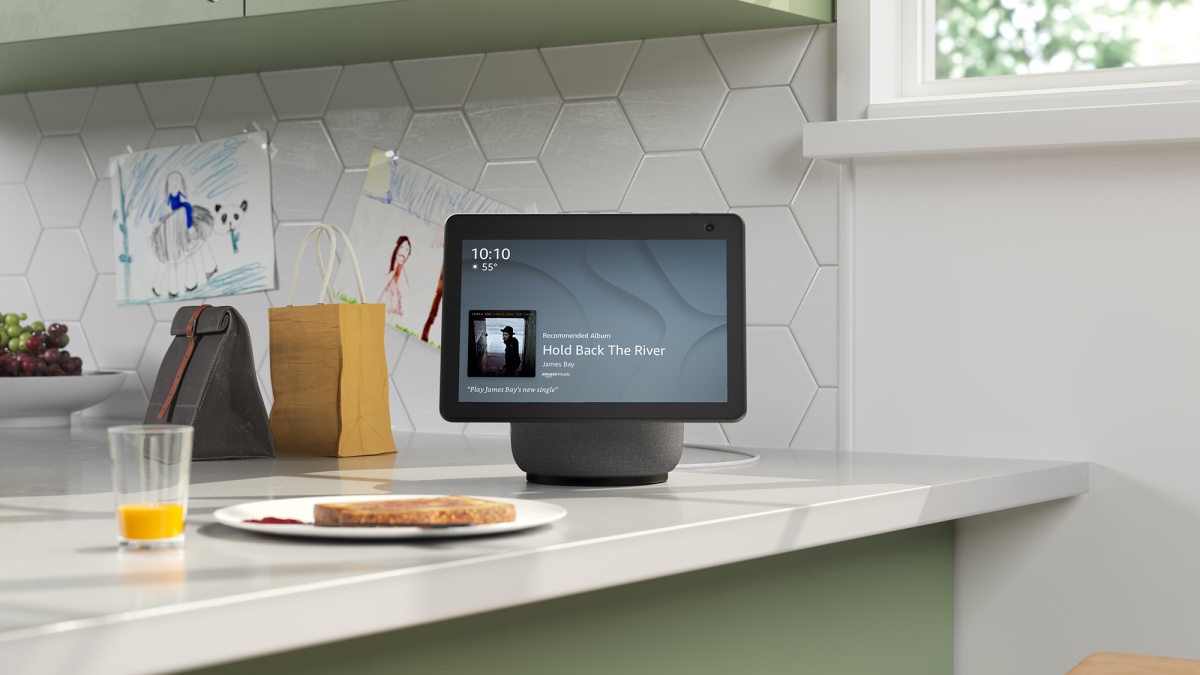
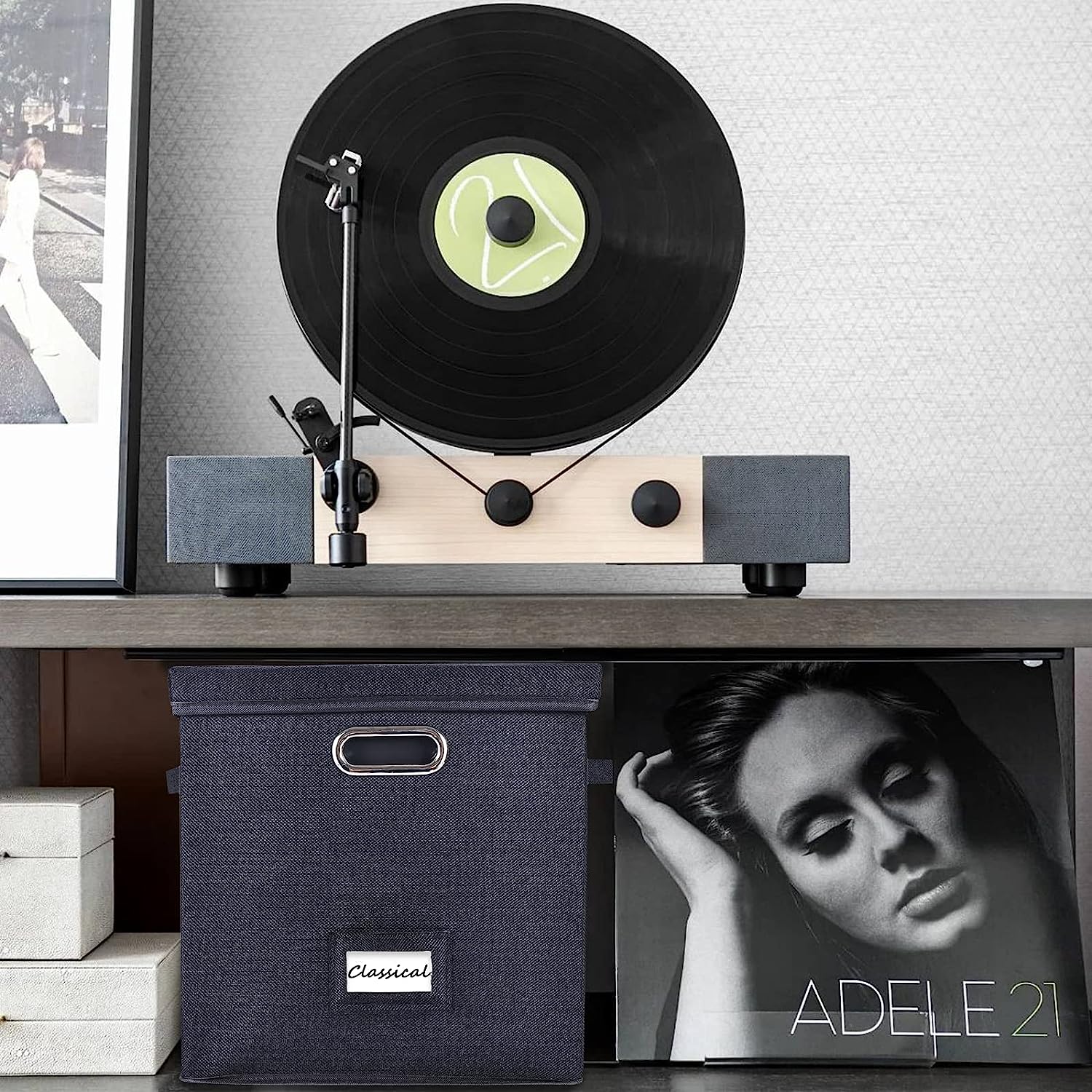
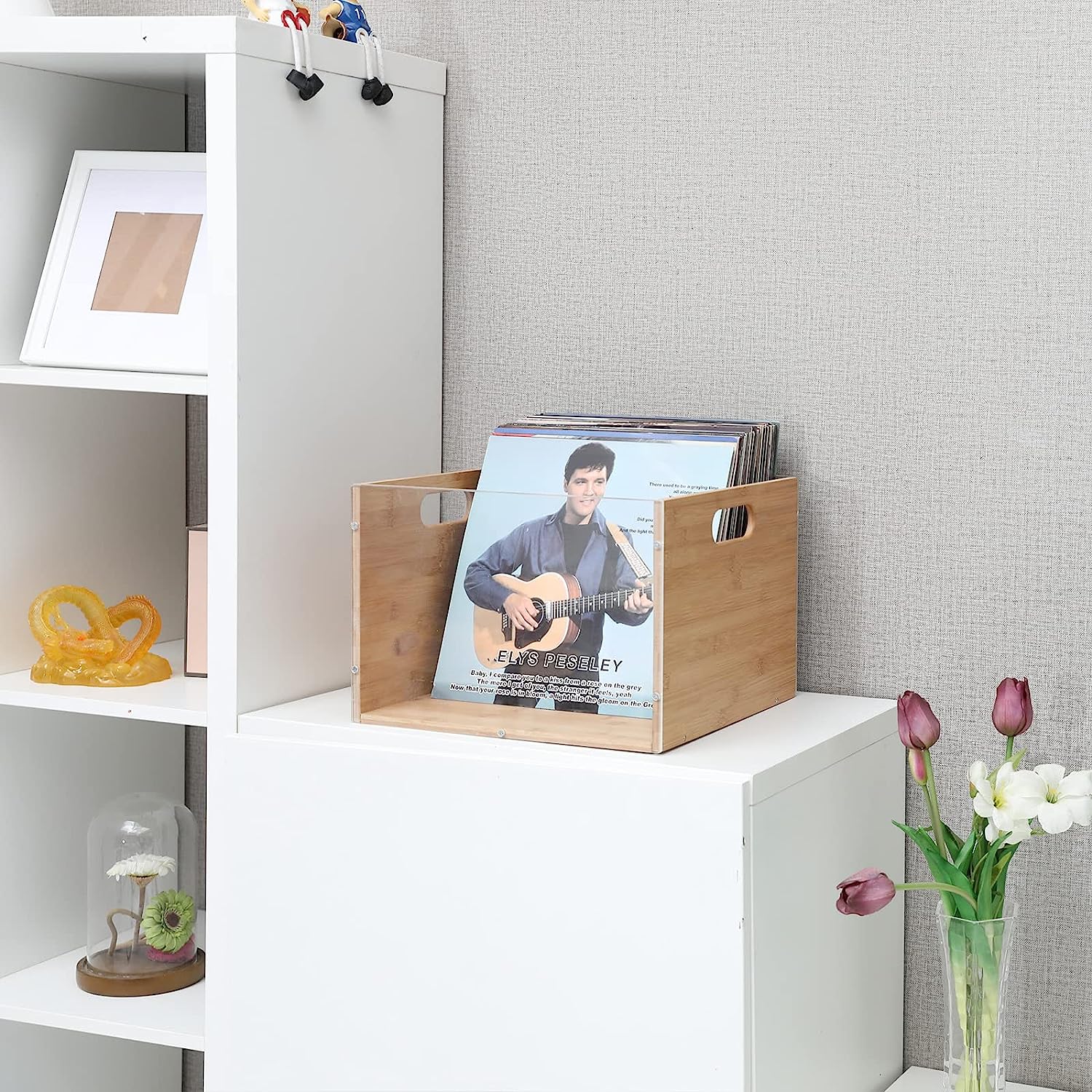





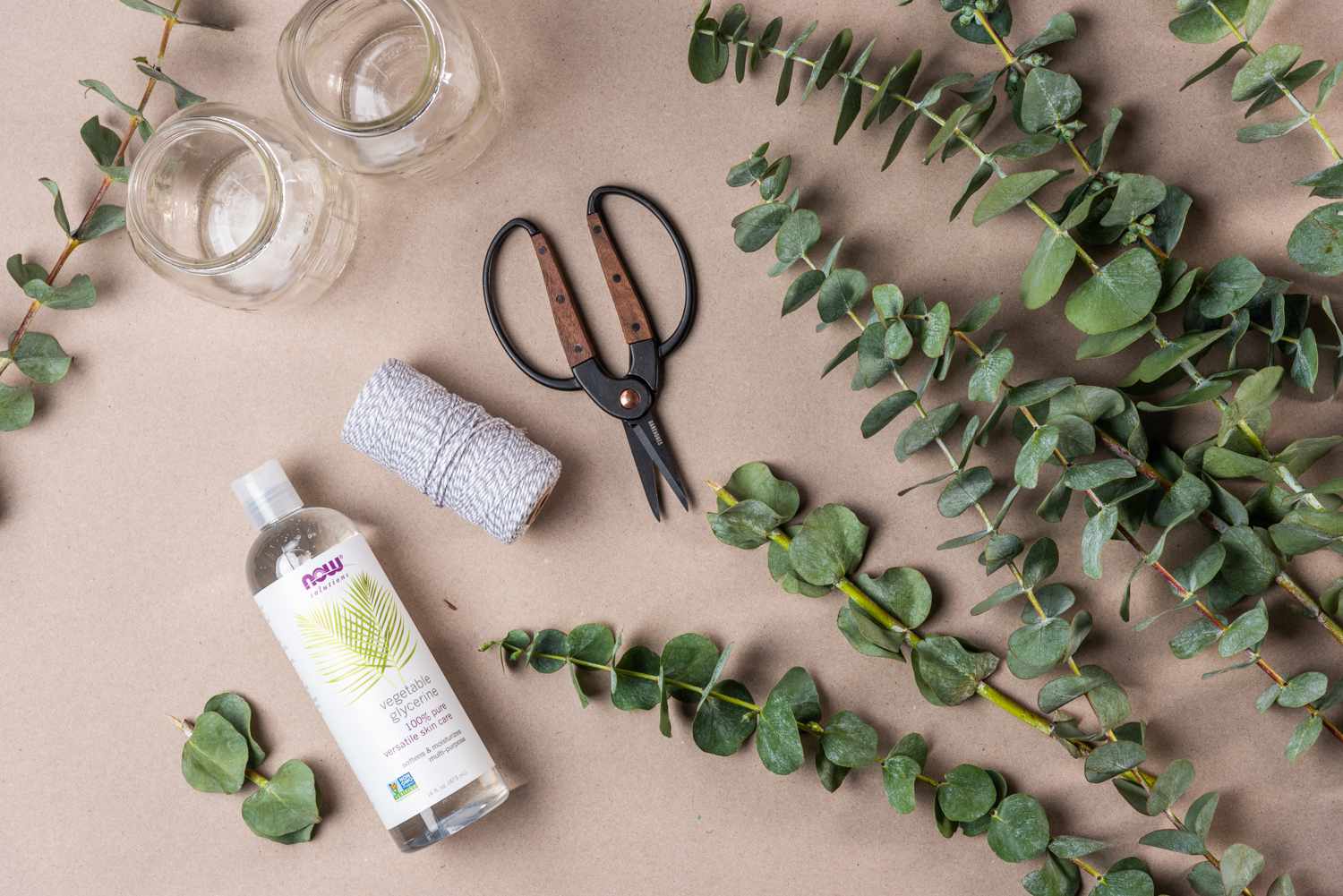


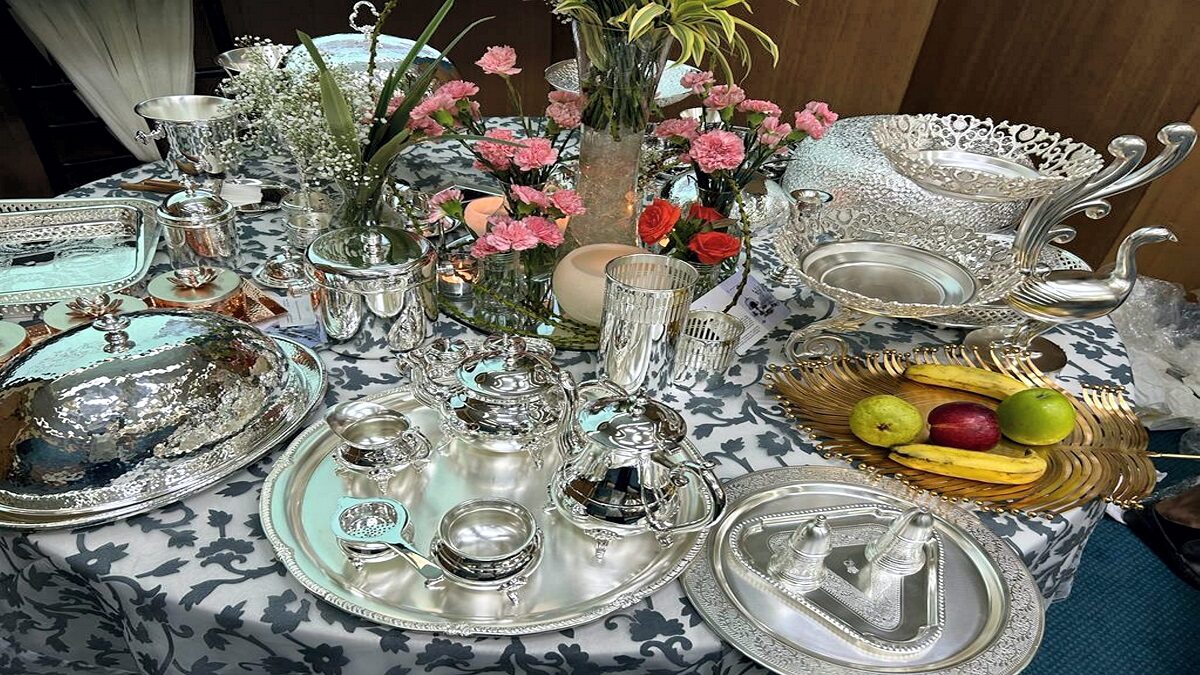


0 thoughts on “How To Store Albums”